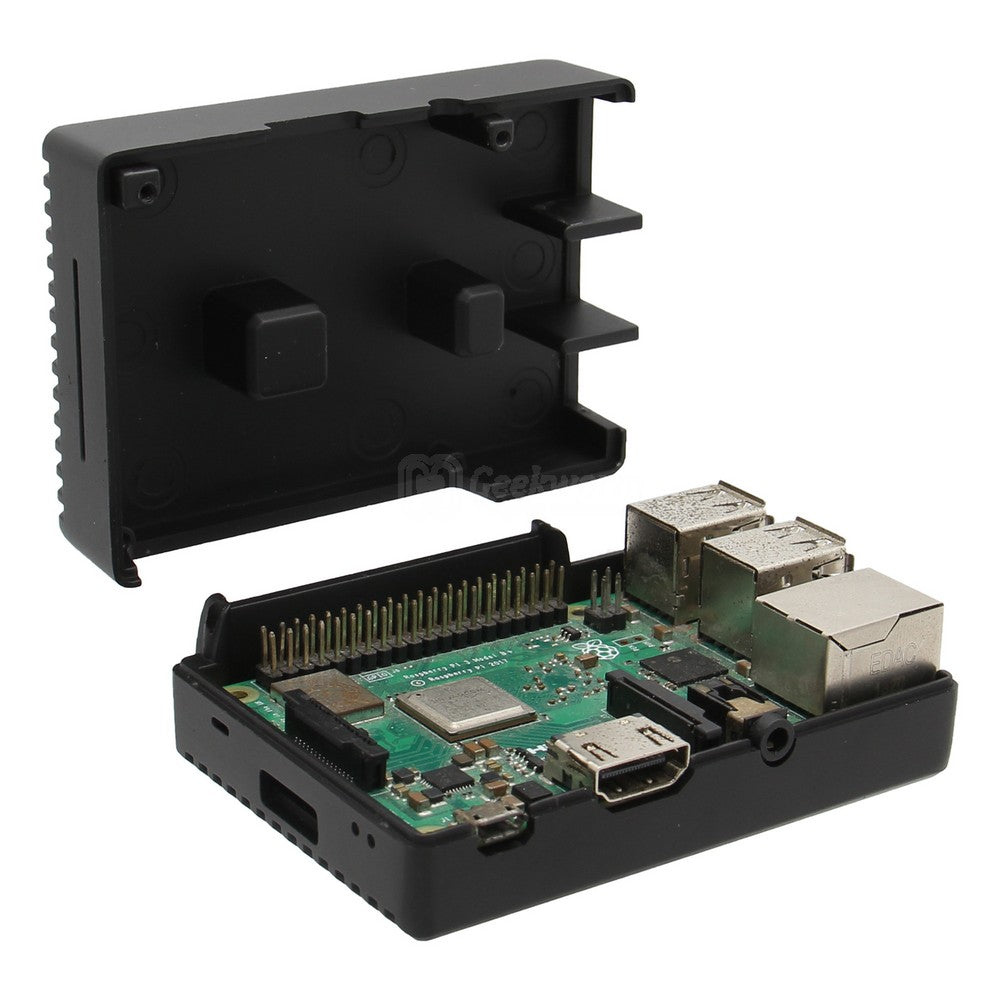- 0 Posts
- 57 Comments

On this Reddit thread they suggested SeaFile as their client explicitly supports selective sync. And also MountainDuck which can work with various protocols.
EDIT: Mountain Duck 5 even adds SMB support.

Similar here. As I don’t need multi-user support, I don’t bother with self-hosting some tool.
Bookmarks go to Safari where they’re synced between all my Apple devices and pop up automatically in the address bar.
And long-term bookmarks (news articles, references, etc.) go into Anybox which keeps an offline copy of the website so I can still read it in 10-20 years.

You know you can basically implement Healthchecks.io completely in Zabbix using zabbix-sender or any compatible implementation of it? (Or find a better way, e.g. querying the timestamp of a logfile or even check the logfile for “OK” or “ERROR” lines… lots of ways possible.)

For me it’s the other way around. In Check_MK I was constantly writing new custom checks and it was all manual code and overall felt like Nagios on steroids (what it was back then) - just not in a good way.
In Zabbix you can do everything in the UI without messing around in the file system. And things like translating SNMP results to readable text works throughout the system without having to include a Python file and then call it from within your various other checks. All the alerting logic can be clicked together and easily amended in the UI. It’s so much more comfortable once you’ve figured it out.

Apart from the SMR vs. CMR, if your NAS will run 24/7 you need to make sure to use 24/7 capable drives or find a way to flash a 24/7-specific firmware/setting to a consumer drive. Normal consumer drives (e.g. WD Green) tend to have a lot of energy saving features, e.g. they park the drive heads after a few seconds of inactivity. This isn’t a problem with normal use as an external drive that only gets connected once in a while. But in a 24/7 NAS the drive will wake up lots of times and park again, wake up, park again … and these cycles kill the drive pretty fast.
https://www.truenas.com/community/threads/hacking-wd-greens-and-reds-with-wdidle3-exe.18171/

Apart from all the online tools there are also offline website builders like blocs (macOS/iPad - but there are similar tools for Windows as well) that let you design your website and will spit out the files you then just need to upload to any provider of your liking. It’s basically a WYSIWYG static site generator.

Sounds like GitHub Pages.
Apart from that, I like GRAV for small website projects. It works completely without a database (or in other words: it uses the filesystem as the database that it basically is) and backups/restores are simple copying everything to the right place.
I’m on macOS and iOS and love News Explorer. It syncs my reading progress to all other devices and also has a nice reader mode that pulls the article from the website in full. Apart from that it’s pretty bare-bones, but does exactly what I want.

Instead of the full-blown Mastodon, you should also look at #GoToSocial which is compatible and pretty light-weight. (Doesn’t come with a web UI, so you need to use client apps.)

Pretty much, I think. I have it running on a Raspberry Pi 4 with docker-compose:
version: '3'
services:
gotosocial:
image: superseriousbusiness/gotosocial:latest
restart: unless-stopped
networks:
- traefik-public
environment:
TZ: Europe/London
GTS_HOST: xyz.example.com
GTS_CONFIG_PATH: /gotosocial/storage/config.yaml
GTS_DB_TYPE: sqlite
GTS_DB_ADDRESS: /gotosocial/storage/sqlite.db
GTS_LETSENCRYPT_ENABLED: "false"
GTS_LETSENCRYPT_EMAIL_ADDRESS: ""
volumes:
- smb-gotosocial-data:/gotosocial/storage
labels:
traefik.enable: "true"
traefik.http.routers.gotosocial.rule: Host(`xyz.example.com`)
traefik.http.routers.gotosocial.entrypoints: websecure
traefik.http.routers.gotosocial.tls: "true"
traefik.http.routers.gotosocial.tls.certresolver: le
traefik.http.services.gotosocial.loadbalancer.server.port: "8080"
volumes:
smb-gotosocial-data:
driver_opts:
type: "smb3"
device: "//mynas/docker/gotosocial/data"
# Use nobrl to mitigate SQLite3 byte range locking issue on CIFS/SMB mounts
o: "rw,nobrl,vers=3.1.1,addr=172.16.254.1,username=xxx,password=xxx,cache=loose,iocharset=utf8,noperm,hard"
networks:
traefik-public:
external: true
You can create dashboards with only the useful data you need!
While dashboards are nice to look at, I very much prefer to just configure Zabbix to only notify me in case of actual problems and leave me alone the rest of the time. 😉 Also, Zabbix has capabilities to show graphs and create dashboards as well. No need for Grafana here.

At least in Germany, many of these copyright claims have no real legal grounds and wouldn’t hold up in an actual trial. All cases I’ve read into so far ended with a settlement - as the private person was too afraid of even more legal fees. Or were dropped completely after a while (full of empty threats) if the people never engaged with the other party.

DMCA is only valid in the US. Those other countries obeying it are usually just doing it to avoid trouble, but there’s no real legal obligation. (But if ignored, it is pretty safe to assume that any bigger company would look into local laws and try to find a different way.) But from what I’ve heard, hosters don’t just close your account because of some DMCA. They will actually look into it and work with you to solve it.
And in the end, you could simply host it on a Raspberry Pi at your home. The ISP can’t be held responsible for the data you transfer, so they won’t just shut down your Internet connection. And if you get a strongly worded letter from some company, you can send it directly to the recycling bin.

But they can’t just DMCA it under false premises. GitHub and others just don’t want to risk anything and are pretty quick with taking down repos without checking anything.
Also there are still a few countries that don’t bow before the US-invention that is the DMCA.

If you want to learn about VLANs and spend some time setting everything up (and more time each time a new device joins your network) then you should go for it.
I for myself decided it’s not worth it for my little home network and instead just use a /16 net and group devices into different ranges. E.g. computers are xxx.xxx.1.yyy, phones are .2.yyy, etc. All unknown devices get a .99.yyy from the DHCP, so they are easily identified.
All public facing stuff is in some Docker container, so there’s at least a small hurdle should something/someone get access.
Cameras are mirrored into Apple HomeKit via Home Assistant, so I can use Apple Home to watch them from afar. Or VPN into my home network.

I’m using Zabbix to monitor the most important bits.

But at least I can tell non-technical people to download Element from the App stores and they will have a consistently-not-great-but-acceptable-and-improving experience.
Conversations on Android looks and feels like any other modern messenger and supports basically all the XMPP features there are. And I found Monal on iOS to be pretty usable as well, when I tested it 3 years ago.

ssmtp is also my go-to for this. Or dma (DragonFly Mail Agent) - if available - which provides a queue in case the delivery to the smarthost fails. But as it’s not running as a daemon (saving resources), so you have to setup a regular cronjob to process the queued messages.

I just have Watchtower stopped and configured in “one-shot” mode sitting on all my Docker hosts. And when I’m in the mood of updating and fighting with possible issues, I just run it. Works much better for me than some update notification popping up in the worst possible moment, me dismissing it and then forgetting about it. 🤣

I also had an ejabberd running for my family. Configured all the XEPs that take it into the current century. Had Conversations as a client for Android and Monal on iOS. No problems at all - apart from Monal being a bit wonky at times. But I assume these bugs are all fixed by now.
Also, Conversations is THE XMPP client. The guy behind it is involved in lots of XMPP stuff. And Monal tries to be the same for the iOS world.
But similarly, we all switched to Telegram over time as that’s where my parent’s friends are, too.
Geekworm Pi 3 case (also fits Pi 2)
I’ve also ordered some extra strips of cooling pads and added them to the bottom side of the CPU and the RAM chip beneath - so that heat gets sent to the case as well.





It pops up on BundleHunt every once in a while.